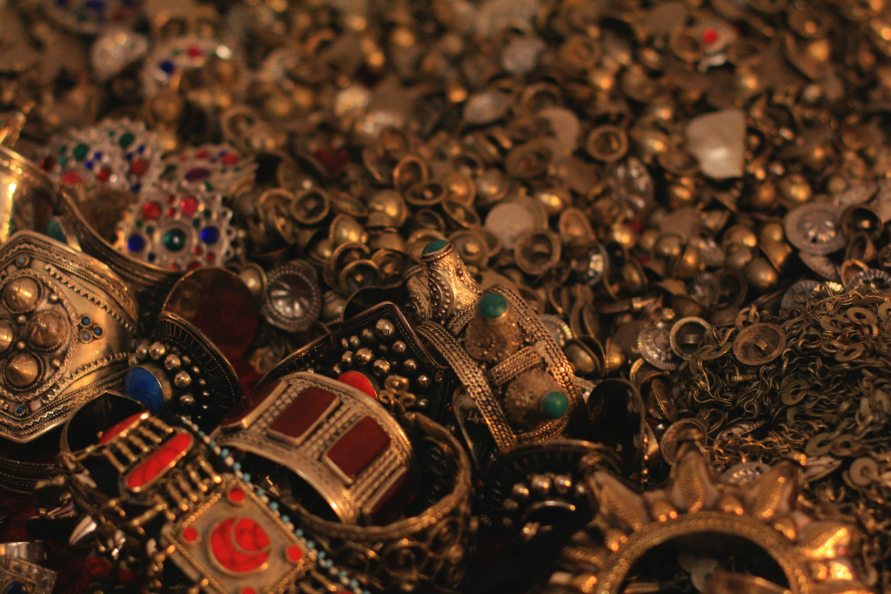When God created the world, he used a wand.
No, that’s not right.
When God created the world, he concocted a potion.
That’s not right either.
When God created the world, he spoke. And the Word he used to bring everything into existence, John says, was actually a person—Jesus.
John writes, “In him was life, and the life was the light of men” (John 1:4 ESV), the first of seven times in this chapter that he uses light to describe Jesus. Light was the first thing God created in Genesis 1, and it was fundamental to everything else.
Light brings life. We call this process photosynthesis. John wouldn’t have known this term, but he saw the effects. When light shines on things, they come alive. The same is true of Jesus.
Light dispels darkness. When the lights are on, you can see things, avoid dangers. Light illuminates our path, guiding us through what’s otherwise uncertain. Light brings clarity. The same is true of Jesus.
Light creates color. Color doesn’t inherently reside in objects; color is the light that reflects off of them. Light reveals beauty and distinctiveness. The same is true of Jesus.
Light halts time. This might be taking it too far—I’ll admit this wasn’t on John’s mind when he used the analogy. But we know a lot more about light now than when John wrote. And when you look at Einstein’s theory of relativity, you see that matter and energy are somehow connected along the principle of light. What changes as you approach the speed of light is not speed, but time. At the speed of light, Einstein said, time stands still. And it’s all because light is the constant, the foundation. The same is true of Jesus.
Paul says in Colossians that Jesus is not only “before all things, [but] in him all things hold together” (1:17). Jesus is the light that holds together the first creation and illuminates the new creation. And you are most yourself when you are in fellowship with Jesus, the light. When true light shines in the darkness, the darkness resents it because the light exposes just how dark the darkness truly is.


